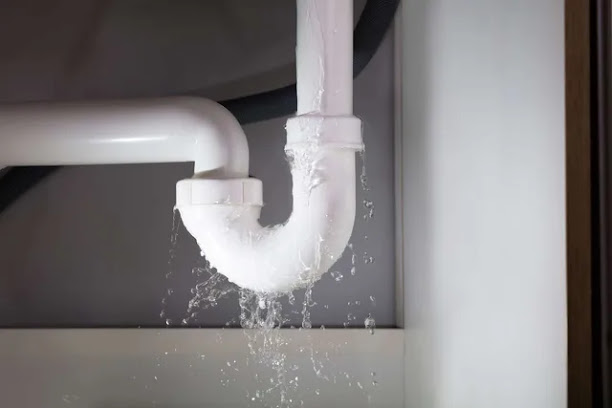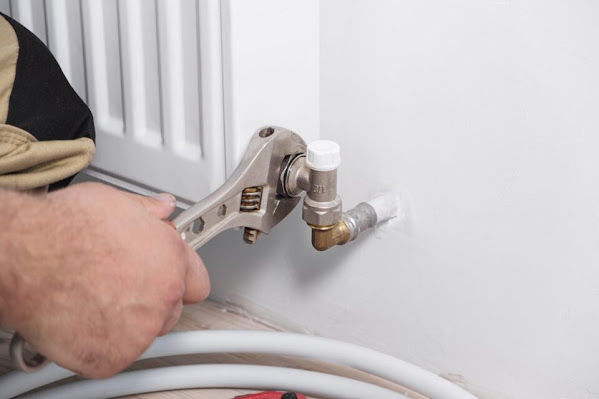Nothing is more annoying than a kitchen sink that is clogged or blocked most of the time. Perhaps you soaked some items and when you returned, the water would no longer drain. Alternatively, it could be that during the past week, the washbasin has been emptying more slowly, and as a result, the water seems to be barely falling.
Regardless of how the issue appears, it's critical to clear the obstruction as soon as possible. After all, it can be challenging to use your entire kitchen when your washbasin is out of commission. Fortunately, even though this can be a big hassle, calling a plumber is usually not necessary. Most of the time, you can use a few different methods to unclog a kitchen sink on your own.
Causes of a Blocked Sink
Although many of the following techniques for unclogging a washbasin are effective regardless of the cause, it can occasionally be helpful to identify the clog. Occasionally, a particular approach might be more effective than another, contingent upon the nature of the obstruction.
A garbage disposal installed in your home may occasionally be the cause of the blockage. It can get clogged up if too many scraps and small pieces are pushed down over an extended period of time. This is especially likely if you only run it after actively pushing down big pieces of expired food.
If you don't have a disposal, a grease buildup may occasionally be the problem. Without using enough soap, you've been pouring grease-filled pans into the washbasin, which can clog the pipes with grease buildup. This can also occasionally happen if some food particles are trapped by a small accumulation of grease.
A simple buildup of hair getting caught on the sides of the pipes can occasionally be the cause of an issue if you use your washbasin for hair washing or pet bathing. The clog will be caused by the hair catching additional food and grease particles.
7 Methods to Unblock a Kitchen Sink
The majority of these techniques can be completed with items you currently have lying around your house. You may need to try multiple solutions before determining which one(s) is best for your washbasin blockage, as some may be more effective than others.
Unclog A Kitchen Sink With Disposal Unit
Running your disposal should always be your first move if you have one. A minor clog can occasionally be caused by buildup at the bottom of the disposal, particularly if it hasn't been used in a while. Additionally, you ought to confirm that the disposal is operating properly, particularly if you have been using it frequently but are still experiencing blockages.
Boiling water is one of the easiest ways to unclog a drain if grease is the cause. Just slowly pour a kettle full of boiling water down the drain, give it a minute, and then run hot water from the tap after that. Boiling water has the power to dissolve grease and remove obstructions.
Baking Soda and Vinegar
Baking soda and vinegar might work if you just want to clear the obstruction without knowing what it is. Pour a cup of baking soda down the drain after making sure that any standing water in the sink has been removed. After that, add a cup of vinegar, and insert the rubber stopper into the drain right away. The mixture will fizz and force the obstruction to fall. To complete the flush, use hot water directly from the tap.
Baking Soda and Salt
If you don't have to clear clogs right away, you can also use baking soda and salt. Pour a cup of table salt and a cup of baking soda mixture down the drain. Make sure to remove any standing water before continuing. Give the mixture a few hours to work on the obstruction in the drain; it will dissolve it. To flush, rinse with hot water.
Salt and Boiling Water
If you think grease is the cause but aren't sure, you can try clearing it with a solution of boiling water and salt. After emptying the washbasin of any remaining water, pour half a cup of salt down the drain. After flushing with hot water from the tap, follow it with a kettle of boiling water and let it sit for a few minutes.
Plunger
Most people are aware that using a plunger to unclog a toilet is a quick and simple solution, but they may also use it to unclog sinks. A plunger might be the solution if you have a lot of standing water and no way to get rid of it. To avoid breaking the seal, make sure the drain is fully covered, get some leverage by standing on a chair or step stool, and plunge several times. When the water in the washbasin abruptly recedes, you'll know it's working.
Pipe Snake
It might be necessary to buy a pipe snake if none of these solutions work for a particularly stubborn clog or if it gets slightly better for a few days before getting worse again.
Thin, flexible cables called pipe snakes can reach down your drain and clear stubborn or deeply clogged obstructions. The material could be either metal or flexible plastic, based on the snake's size and power. Simply push them down the drain until you either reach the end of the snake or encounter resistance after buying them at your neighbourhood hardware store. To assist in clearing the blockage, move the snake up and down. Once it is out of the way, flush the drain with hot water.
Keep Your Sink Unblocked
You can use any of these procedures as preventative maintenance to keep your washbasin unclogged in the future. To prevent a blockage before it occurs, just follow the same procedure that cleared your previous clog whenever you suspect it is slowing down. Follow these suggestions to maintain a well-draining washbasin and a functional kitchen moving forward.




Comments
Post a Comment